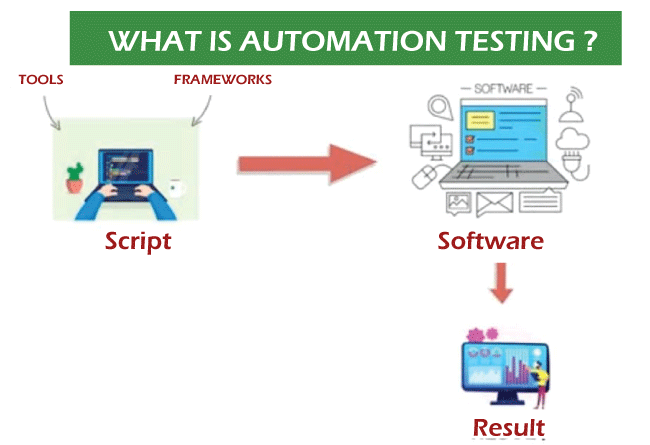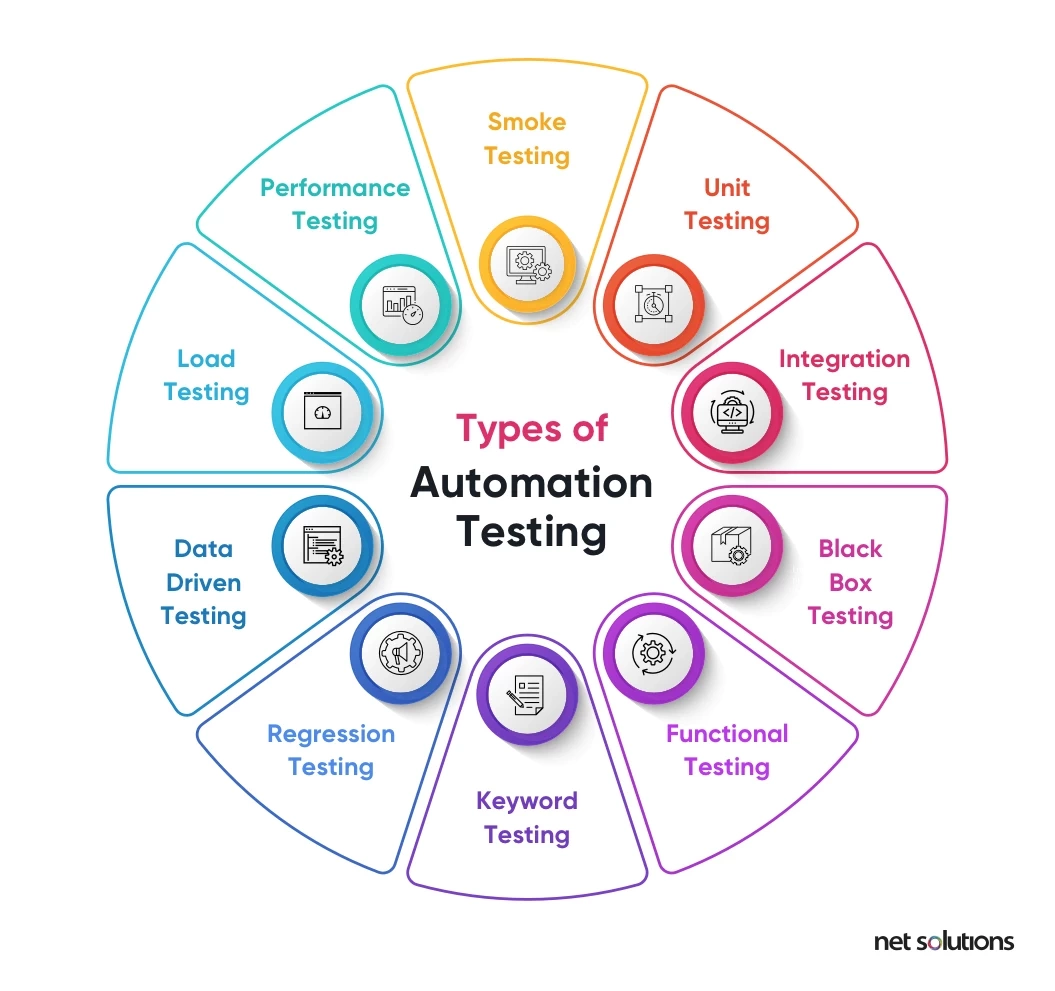Automation Testing Structures: Streamlining Complicated Testing Situations
Automation Testing Structures: Streamlining Complicated Testing Situations
Blog Article
Making Certain Success in Automation Checking: Trick Metrics, Challenges, and Solutions Every QA Group Should Know
In the realm of software program quality guarantee, the landscape of automation screening is ever-evolving, demanding a careful approach to make certain seamless operations. Trick metrics act as the compass directing QA groups through the huge surface of test automation, dropping light on progress and areas for improvement. Challenges impend large, usually casting shadows on the path to success. By understanding these obstacles and carrying out efficient remedies, QA teams can browse with intricacies with skill. The journey to mastering automation testing is led with nuances that require a keen eye for surveillance, analysis, and continual enhancement. automation testing. As the industry drives forward, the mission for optimal performance in automation testing remains a constant quest, advising QA teams to furnish themselves with the knowledge and techniques vital for victory.
Relevance of Trick Metrics
Comprehending the significance of key metrics is essential for evaluating the performance and performance of automation screening procedures. Key metrics work as measurable procedures that offer valuable understandings into numerous elements of the screening process, such as test protection, test implementation time, problem thickness, and test instance effectiveness. By assessing these metrics, QA groups can identify traffic jams, ineffectiveness, and locations for enhancement within their automation screening framework.
One crucial element of key metrics is their capability to track progress and keep an eye on the overall health and wellness of the screening process (automation testing). They make it possible for stakeholders to make educated choices based on data-driven insights, which can bring about much more reliable testing approaches and better resource allowance. Additionally, vital metrics can help groups set sensible goals, determine the success of automation campaigns, and demonstrate the ROI of automation testing initiatives

Usual Difficulties Dealt With
Difficulties typically experienced in automation screening procedures can dramatically affect the general efficiency and performance of QA groups. One of the significant obstacles is the choice of the right examination situations for automation. Not all test instances are ideal for automation, and selecting the wrong ones can bring about lost time and resources. In addition, keeping test manuscripts can be a difficult task, particularly as the application undergoes regular changes. Test manuscript maintenance calls for continuous updates and adjustments to ensure they show the existing performance properly. Another typical obstacle is the preliminary financial investment required for establishing automation structures and tools. This can be a barrier for some companies, especially smaller ones with minimal budgets. Additionally, automation screening may not cover all elements of screening, such as functionality and individual experience screening, which still Go Here require hand-operated treatment. Overcoming these obstacles calls for proper planning, critical examination case selection, robust maintenance procedures, ample sources, and a clear understanding of the limitations of automation testing.
Reliable Solutions for Obstacles
To deal with the obstacles encountered in automation testing, applying efficient services is vital for enhancing the performance and performance of QA teams. One key remedy is to buy durable training programs for QA teams to guarantee they have the needed skills to properly use automation tools. Training can link understanding gaps, boost understanding of automation frameworks, and enhance scripting capacities, eventually leading to extra reliable test creation and implementation.
One more vital solution is to develop clear communication networks within the QA group and with other stakeholders, such as programmers and job supervisors. Efficient interaction assists in straightening expectations, sharing progression updates, and quickly addressing problems or barricades that may emerge during the automation screening procedure.

Tracking and Analysis Techniques
Carrying out effective tracking and analysis methods is crucial for making sure the success and efficiency of automation testing procedures. Furthermore, assessing test outcomes and metrics offers useful insights right into the quality Check Out Your URL of the software application being evaluated and the performance of the screening technique.
One secret strategy in monitoring and analysis is using control panels that consolidate appropriate metrics and KPIs in an aesthetically obtainable format. These dashboards provide a thorough overview of test execution condition, test insurance coverage, issue trends, and other crucial info. Consistently reviewing and analyzing these dashboards can help QA teams make notified decisions, prioritize tasks, and optimize screening efforts.
In addition, applying automated signals and notices based on predefined thresholds can improve positive tracking and timely intervention. By setting up notifies click for info for performance discrepancies or test failures, groups can resolve concerns without delay and stop them from rising. On the whole, surveillance and evaluation methods play an important role in guaranteeing the effectiveness and success of automation screening campaigns.
Constant Enhancement Techniques
Enhancing the efficiency of automation testing procedures necessitates the regular refinement of methods and strategies. One crucial approach to improving automation screening processes is to carry out normal reviews and retrospectives.

Final Thought
Finally, it is critical for QA teams to recognize the crucial metrics, difficulties, and solutions in automation screening to guarantee success. By carefully monitoring and assessing information, implementing reliable solutions to usual challenges, and continually improving methods, QA teams can enhance their screening processes and provide top quality software. Sticking to these techniques will ultimately cause more effective and reliable automation screening techniques.
By evaluating these metrics, QA groups can recognize bottlenecks, ineffectiveness, and locations for renovation within their automation testing framework.
In addition, key metrics can assist groups established realistic goals, determine the success of automation efforts, and show the ROI of automation screening efforts.
Challenges typically come across in automation screening procedures can considerably affect the general performance and effectiveness of QA groups. Automation screening might not cover all facets of screening, such as usability and user experience testing, which still require hands-on intervention.In final thought, it is vital for QA groups to recognize the vital metrics, challenges, and solutions in automation testing to ensure success.
Report this page